Energy Storage Systems: What Powers the uPod
Passenger and cargo uPods – the backbone of the uST complex’s rolling stock – are equipped with traction batteries designed to enable autonomous movement in case of main drive failure. Their development requires high expertise, time, and deep technical knowledge.
A Decade of Development
Two types of batteries have been specially developed for the rolling stock of uST transport and infrastructure complexes. Backup (emergency) batteries, which allow passengers or cargo to be delivered to the nearest station in case of a power outage and traction batteries, which power the uPod’s electric drive throughout its route.
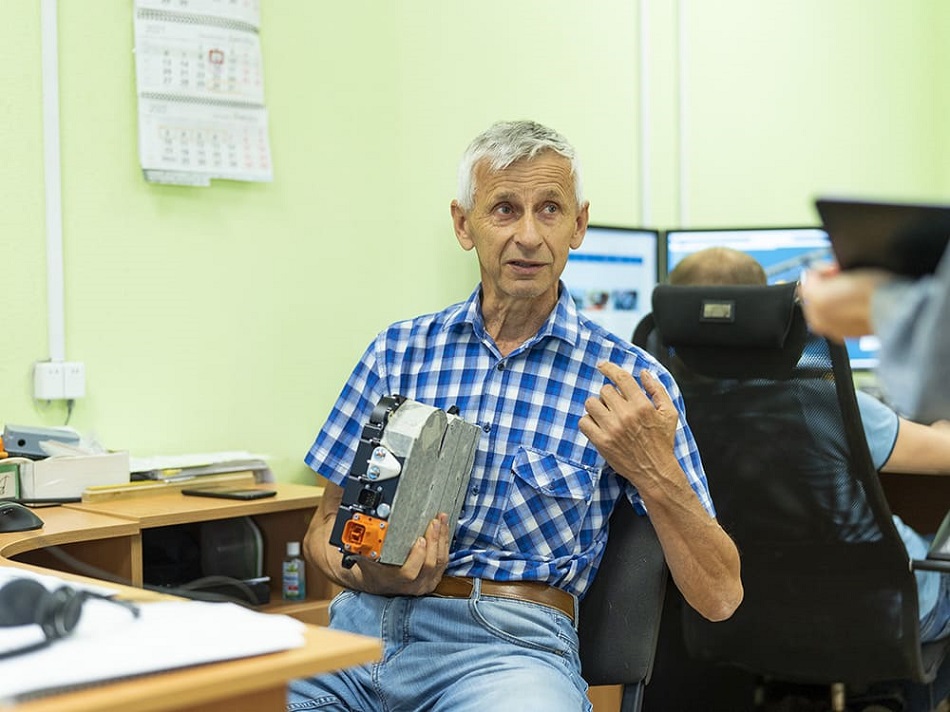
Typically, rolling stock is powered by a contact network on electrified sections of the track. Where electricity is unavailable or temporarily disconnected, the uPod’s onboard battery becomes the power source. Its capacity is generally sufficient to cover up to 100 km.
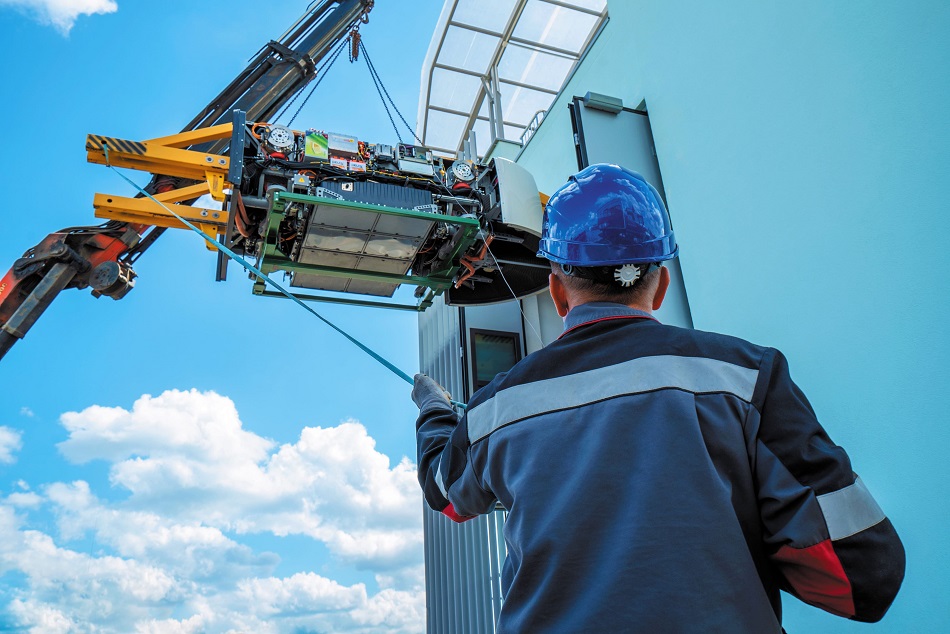
According to Yuri Shrubok, Lead Design Engineer at the Electric Drive Design Office, UST Inc. specialists have developed 16 energy storage designs over 10 years of intensive work, with 13 already manufactured (the remaining 3 are still in assembly). These storage units power all rail-based unmanned vehicles designed by the company.

“Some battery units have been in operation since 2017 and still deliver over 80% of their rated capacity. This longevity is ensured by smart design and highly qualified specialists. No other company in Belarus can boast such talent and such a wide range of lithium-ion batteries for passenger and cargo transport. We have storage systems for both the two-seater uWind U4-651 and the 40-ton container carrier,” noted Yuri Shrubok.
Priority Solutions
One of UST Inc.’s key focus areas is cargo transportation, which is also carried out within the above-ground logistics infrastructure. The Electric Drive Design Office team proudly highlights their energy storage systems designed for uPods capable of transporting marine containers.
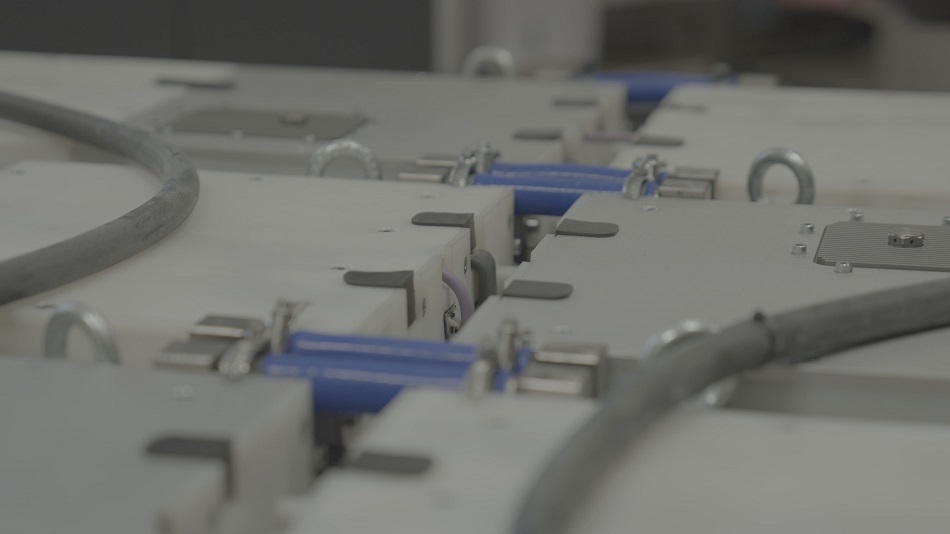
The bureau’s engineers developed a hybrid battery system consisting of two lithium-ion batteries and two supercapacitor units. This configuration enables rapid acceleration of heavy unmanned rail vehicles over short distances and during frequent starts. Speed is initially gained using energy from the supercapacitors, after which movement continues via the contact network or the lithium-ion onboard batteries.
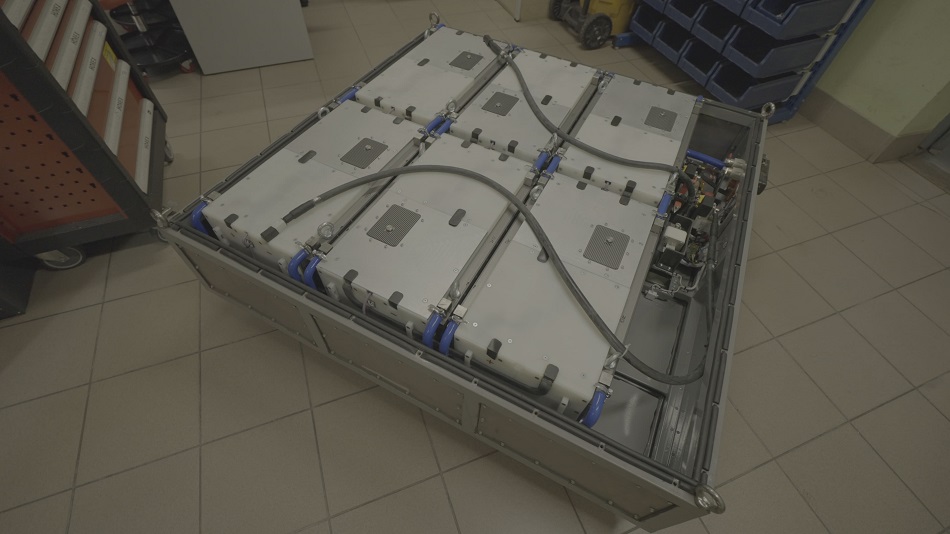
This technology also allows for quick charging of the supercapacitor battery during motion via the contact network and regenerative braking. Using mixed battery types in rail-based unmanned vehicles helps reduce the size of energy storage units, ensures more comfortable operating conditions without excessive loads, and ultimately extends their service life.
Future of Energy Storage Technology
Modern uST solutions utilize the following types of energy storage systems:
• Lithium-ion batteries – Currently leading in energy density and lifespan. They can be integrated into both mobile units and stationary hubs. Advantages: high energy output, modularity, fast charging. Drawbacks: temperature sensitivity and high cost.
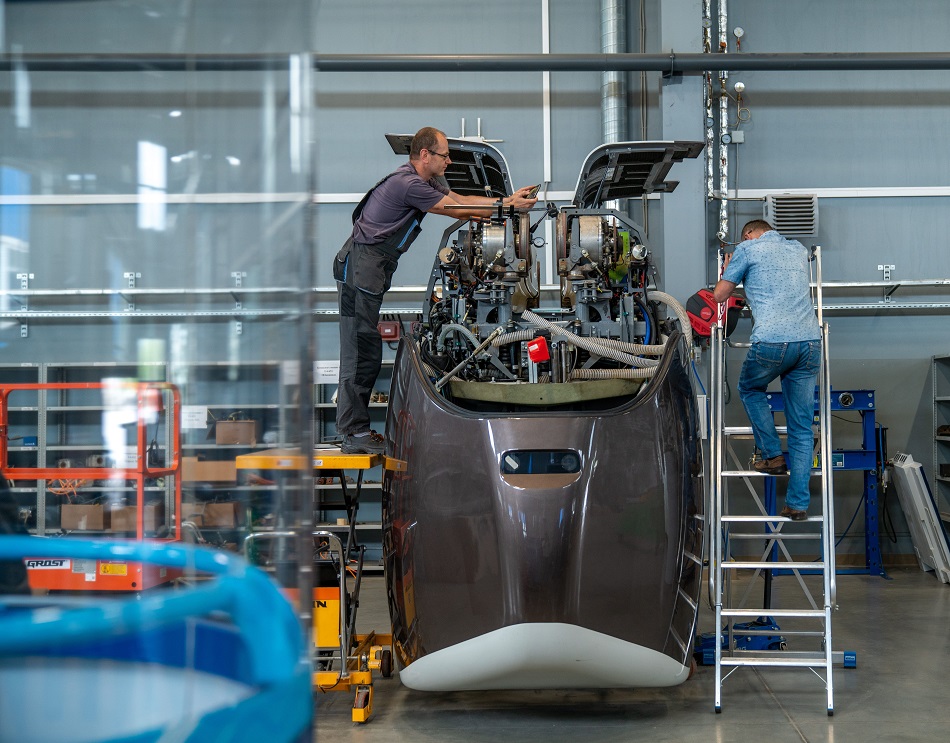
• Supercapacitors – Ideal for short-term energy storage and rapid discharge, useful for acceleration and regenerative braking. While they lag behind lithium-ion batteries in energy density, they excel in discharge speed.
• Sodium-ion and solid-state batteries – Currently in pilot implementation stages, these are promising as more eco-friendly and cost-effective alternatives to lithium-based systems.
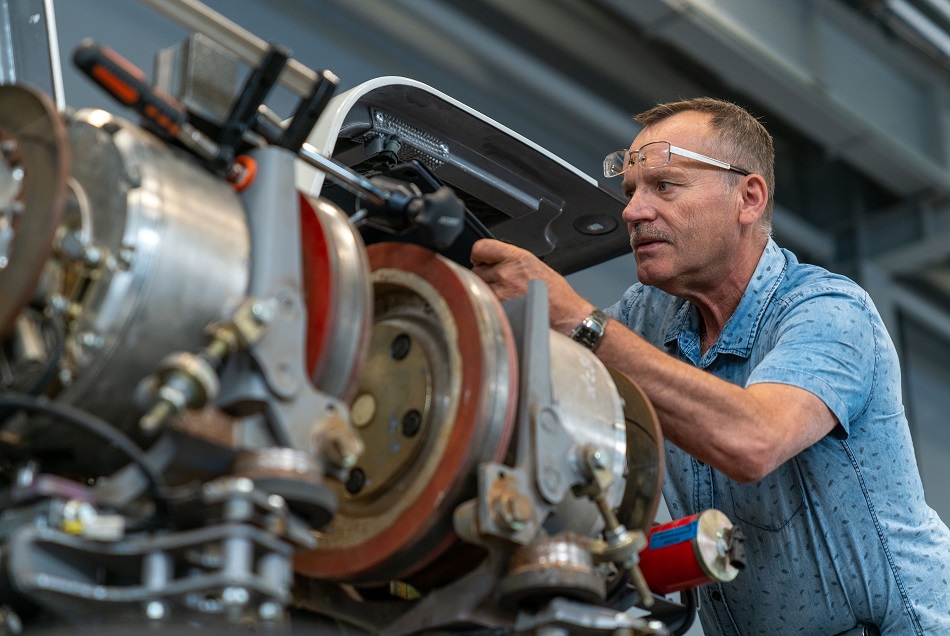
In the future, hybrid storage systems combining different types of devices (e.g., batteries + supercapacitors) may be used to achieve an optimal balance between energy capacity, response speed, and service life.
High Level of Safety
In addition to ensuring capacity and reliability, UST Inc. engineers place great emphasis on the safety of energy storage systems.
Yuri Shrubok notes that the batteries used in uST string rail complexes are equipped with electronic systems that monitor key parameters:
• Voltage on each battery cell (some batteries contain up to 364 fuel cells)
• Temperature at cell contacts
• Current delivered and stored by the battery
• Temperature and leakage of the cooling fluid
• Insulation of the casing
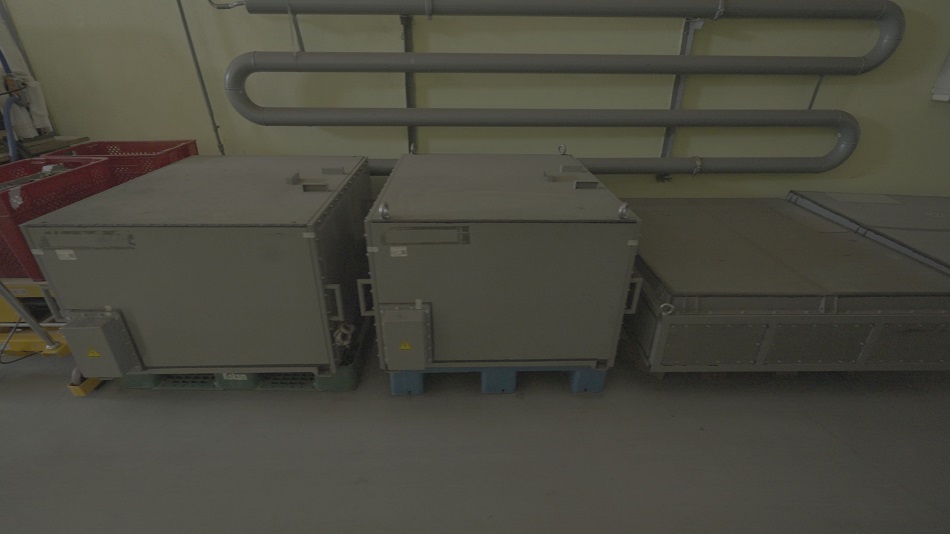
The battery casings are designed to withstand high operational loads. They are sealed and insulated, capable of enduring elevated temperatures, and equipped with pressure equalization valves.
“All of these solutions ensure the safe operation of the transport systems manufactured by our company,” said the Lead Design Engineer.
Economic and Environmental Impact
The use of energy storage systems contributes to:
• Lower operating costs through optimized energy consumption
• Increased energy efficiency across the entire transport system
• Reduced CO₂ emissions when integrated with renewable energy sources
• Extended component lifespan due to load balancing
Additionally, the batteries support regenerative braking – energy that would otherwise be lost as heat is recaptured and reused within the system.
Challenges and Prospects
Key challenges to widespread adoption include the high cost of modern battery technologies, the need for proper disposal of spent batteries, and ensuring safety when storing large amounts of energy.
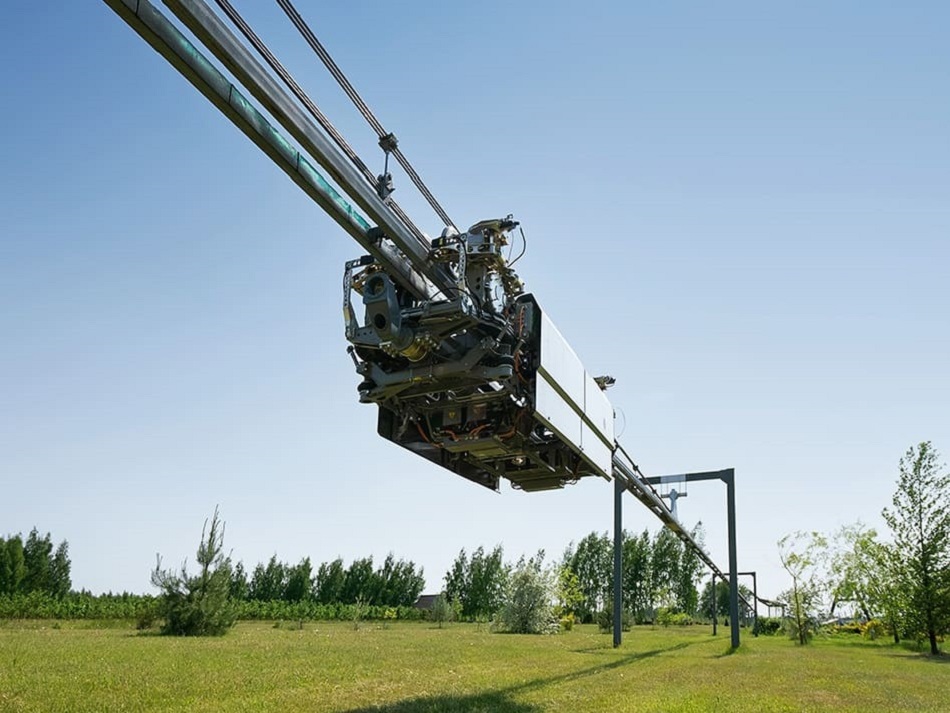
Nevertheless, advancements in storage technologies, falling lithium prices, and the emergence of new (including recycled) materials open up promising opportunities for integrating energy storage into the uST infrastructure.
Future Development
Energy storage systems are an essential component of an efficient and sustainable uST transport system. They provide autonomy, flexibility, and resilience to external conditions, making string rail transport more reliable and ready for large-scale integration into the cities of the future. As battery technologies continue to evolve, their importance will only grow and innovative approaches to energy storage will be the key to the next stage in the evolution of intelligent transportation.
More news

News
5 April 2024
Representation in Indonesia and the negotiation nuances – in a new episode on the company’s work
In the next series you will learn about projects that are being developed in new regions for the company.

News
29 August 2022
Unitsky String Technologies Inc. Took Part in the International Scientific Conference WHEC-2022
Recently, the 23rd International Scientific Conference WHEC-2022 was held in Istanbul. The event dedicated to the topic of hydrogen energy was attended by representatives of Unitsky String Technologies Inc.
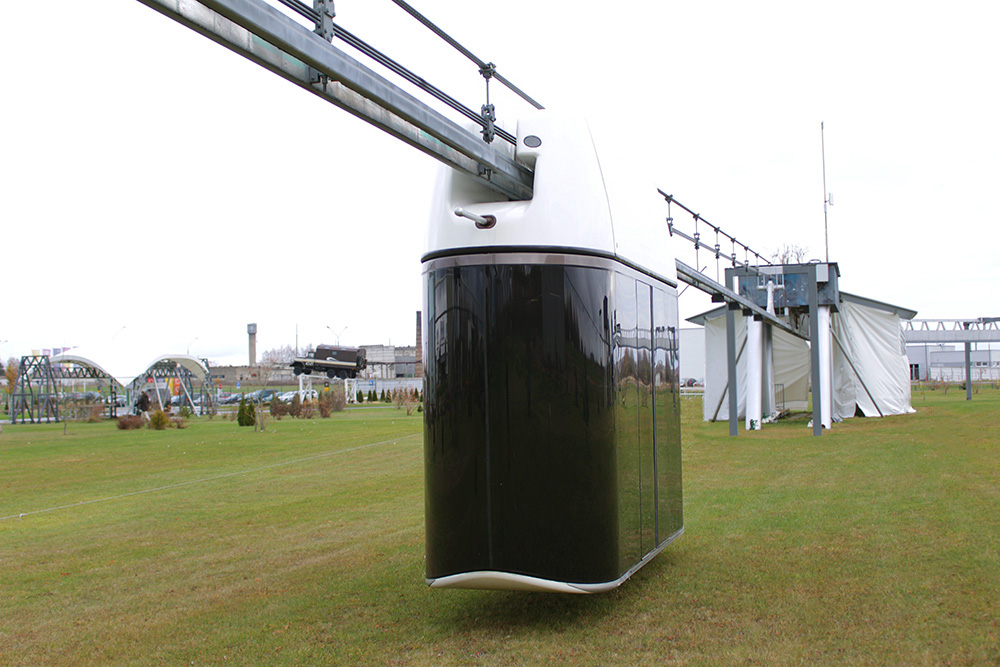
News
26 January 2022
Through Tropical Rain: Unitsky String Technologies Inc. Continues Transport Testing
EcoTechnoPark. It's pouring rain. Unibus, crossing the territory of the innovation center, confidently overcomes the dense wall of rain. If a regular passenger bus driver were in a similar situation, they might have made a forced stop on the side of the road. But the unmanned uST transport continues to move calmly, as if nothing happens.

